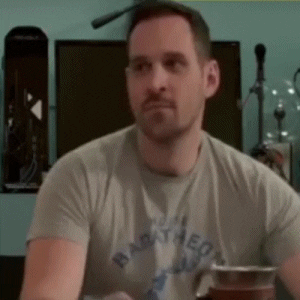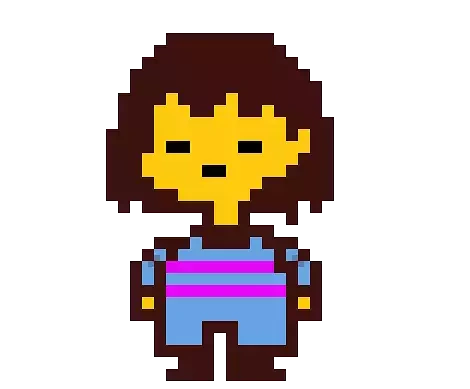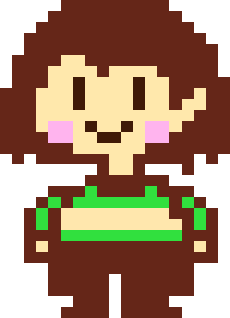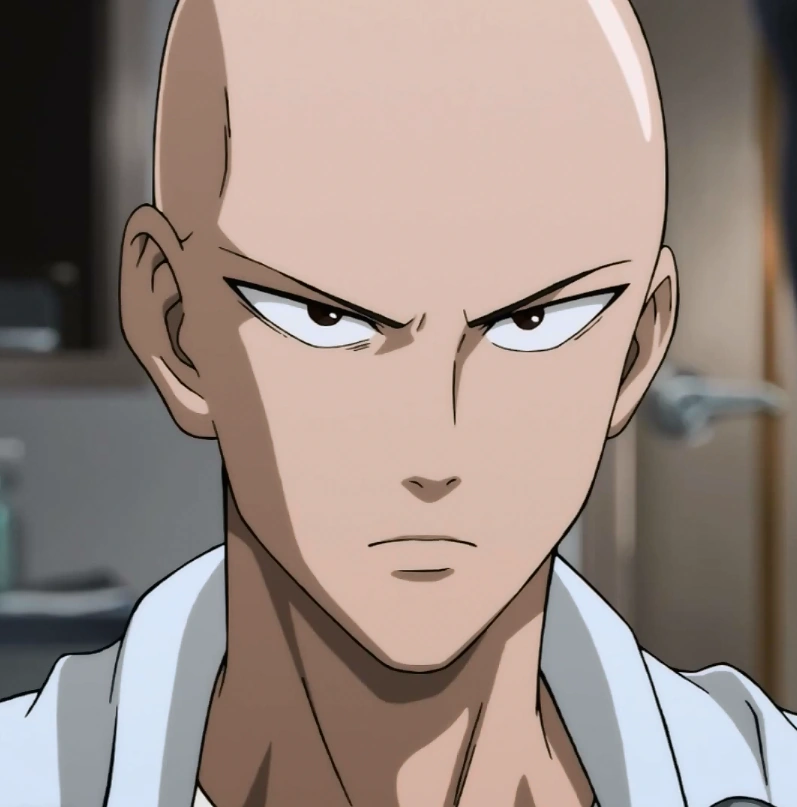The art. Right.

Let’s talk about it.
So, it merits saying, I’m not an illustrator. I doodle, that’s the extent of it. And I feel like I can put something together that will serve enough of a purpose for the game. However, the art will probably be one of the weakest points. But I feel like that’s okay?
In my experience as a game player (thinking in terms of a consumer rather then a creator), art has always been something I’m willing to bend on. I’m specifically thinking of Undertale here because, unpopular opinion, I don’t think most of the art in Undertale was good in a traditional sense. Did it serve it’s purpose? Yes, to a inspired extent. And there are moments where the art is stunning. Examples include openning pixel art, Asgore’s boss battle, Papyrus (yesPapyrusfightme). But for the majority of the game you’re walking around flirting with mothers as this blob.
 |
| Sexy Mama Killer Right There. ;) |
 |
| Photoshop Flowey |
And there are moments where the simplistic art style is used to play more to the player’s imagination then it is to illustrate any sort of real horror. At the end of the genocide run, there’s no creepy hallway or Eldridge horror waiting for you. There’s only a blank screen, and a character that looks all to much like yours save for the fact that their eyes are open. Let’s focus on that bit for a moment. At the end of a playthrough of the game designed with the intention to make you suffer for your own wrong doing, the art that Fox chose to greet you with is a representation of you with your eyes open rather then closed. He wants to have an image of you to stare at you without blinking. To calmly talk to you about all of the atrocities that you’ve just committed. He put something like Photoshop Flowey in a game and still managed to make a blank screen with a child on it the most unsettling story beat. That worked so well because you weren’t distracted by the quality of that art, and so you were able to linger on what that art was communicating to you.
 |
| A Reflection of You |
But I digress.
The point I’m trying to make is that art in games doesn’t need to be good, it needs to be communicative. (This is the point where I become the 500th person on the Internet to recommend you read Understanding Comics by Scott McCloud, which explains this sentiment with eloquence.)
So I don’t feel so bad that Socializing Simulator won’t have art that rivals Doki Doki Literature Club or Monster Prom. If my art gets the point across, then cool. Gives me more opportunity to realize my own vision.
But I’d be lying if money wasn’t also a factor. Art is expensive and if I can get away with doing it myself, it’s something I feel like I ought to do. It helps that if I’m looking at it from a non-baised standpoint, my art style isn’t that far from what I would have sought out from a professional. I wanted to go with something more on the cartoonish side so that it could allow the player to easily relate to the protagonist and so that it could lean into the comedy. And I wanted to go with an anime-influenced style because it has a cultural pretext of lending itself to quick drastic tonal changes in a way western art typically doesn't.
Now that I’ve gone and mentioned it, I want to spend a moment on that. The flexibility of an art style.
Anime has always appealed to me just by the flexibility the art style is allowed to take. You have jumps from the hyper realistic to the more basic and exaggerated happening in these comics without so much as batting an eye. Often times these jumps are used in order to signal a tonal shift from serious to silly. This has been used commonly enough to be considered a trope in the medium and tropes can be utilized to either inform in the situation in which they are used or to blatantly bring awareness to them.
I threw up some pictures of One Punch Man on this post because that show somehow does both at the same time, while adding some commentary on top like it’s a cherry on a sundae? There’s a lot to talk about how One Punch Man uses the trope of bouncing from serious to silly using the art style, but I think the thing that sticks out to me the most is how it used that trope in a way that I haven’t really seen done anywhere else. I’m talking specifically how it’s used with Saitama.
Simply put, what’s so interesting about the way Saitama is portrayed in the show is that when Saitama is depicted more simplistically, you get the sense that rather then that being an exaggeration, that’s his more true self. The more realistic, bold self is used to show a persona that he puts on and a goal he wants to achieve. The driving force behind the show is that Saitama wants to feel the spark of life and purpose the more realistically drawn version of himself portrays, but he can’t because things are too easy for him. This is a subtle inversion of this trope while being a brilliant satire and a powerful visual indicator of the very real dream that Saitama has.
Again, art being communicative, while not needing to be “good”.
But I’ve rambled long enough. I’m realizing now that these blogs are more discussions of craft then they are practical recordings of my progress with the game, so maybe next time I write a little more about how I tackled starting to put together the prototype? Sorry, between the intense fear of talking about anything having to do with my personal life and the giddy feeling I get when I think I sound smart, discussions about craft are par for the course.
Also, maybe comics soon?





0 comments:
Post a Comment